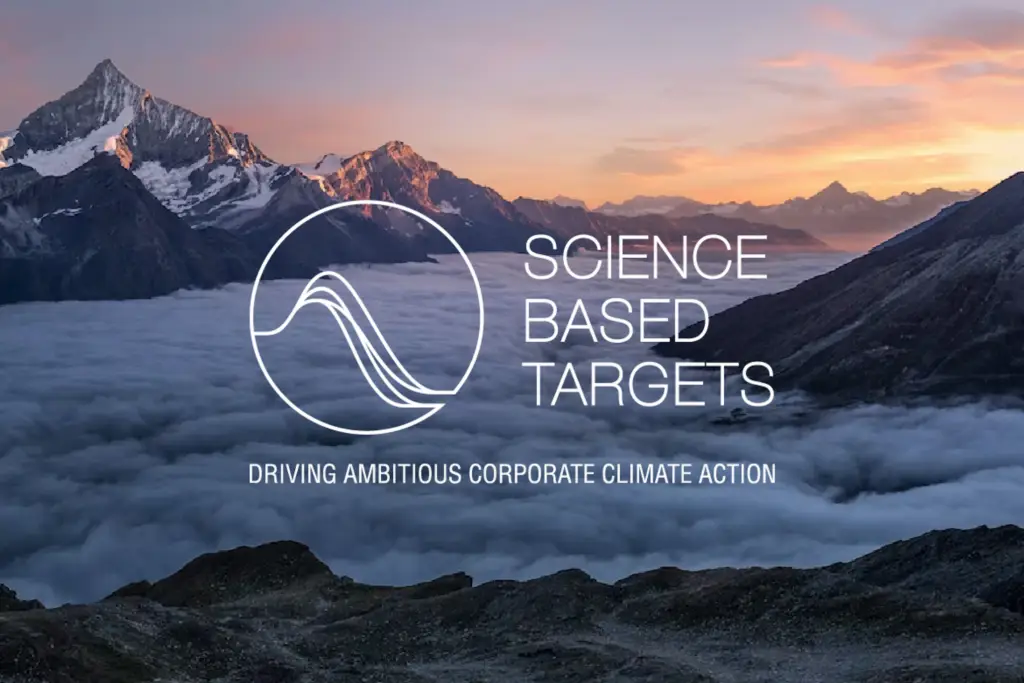
SAN JOSE – The carbon credits market is a pivotal tool in the global effort to combat climate change, enabling companies to offset their emissions by investing in environmental projects. However, recent internal conflicts within the Science Based Targets initiative (SBTi) have brought to light significant challenges in the validation process of carbon credits. Despite these issues, the market’s potential for growth and impact remains substantial.
Internal Conflicts and Validation Issues
The Science Based Targets initiative, which validates corporate net-zero plans, recently faced internal strife following a controversial policy change. On April 9, SBTi’s board announced that companies could use carbon credits to offset Scope 3 emissions, a move that contradicted its previous stance. This decision led to accusations of the board being unaccountable and motivated by commercial interests, causing significant turmoil within the organization.
The SBTi staff were not consulted on this change, which they viewed as a breach of governance procedures. They emphasized that the organization’s standards should be based on rigorous scientific evidence and transparent processes. The incident highlighted the need for greater transparency and independence in the validation process of carbon credits.
Transparency and Independence in Validation
The recent launch of a new validation process by the Science Based Targets Network (SBTN) underscores the shortcomings of SBTi’s approach. SBTi’s internal validation process has been criticized for its lack of transparency and independence, leading to backlogs and delays. The absence of independent oversight has further raised concerns about the objectivity of the validation outcomes.
In contrast, SBTN’s new approach involves external validation by independent experts from the GCA Accountability Accelerator. This move is expected to enhance credibility and trust in the system. SBTN’s phased transition to a fully independent validation structure, guided by a Learning Committee, ensures continuous improvement and adaptability. The establishment of an Integrity Council from the start ensures due process and strategic oversight in validation activities.
The Benefits and Potential of the Carbon Credits Market
Despite these challenges, the carbon credits market holds immense potential. Estimates suggest the market could grow from about $2 billion today to more than $1 trillion by 2050 if SBTi eases its rules. This growth could be driven by the increasing demand for carbon credits as companies and governments strive to meet their climate goals.
The market’s potential is not just in its size but also in its ability to drive meaningful climate action. Carbon credits can fund critical projects in developing countries, helping to address global inequalities. For example, projects that distribute efficient cookstoves or plant trees can significantly reduce emissions and improve community health and livelihoods.
A Path Forward
The carbon credits market stands at a crossroads. The internal conflicts and validation issues within SBTi highlight the need for greater transparency, independence, and accountability in the validation process. However, the potential benefits of the market are too significant to ignore.
By addressing these challenges and embracing a more transparent and independent validation approach, the carbon credits market can become a powerful tool in the fight against climate change. The recent steps taken by SBTN provide a promising blueprint for enhancing credibility and trust in the system. As the market grows, it will be essential to continue learning and adapting to ensure that it remains effective and relevant in the long term.
In conclusion, while the carbon credits market faces significant challenges, it also offers substantial opportunities for driving meaningful climate action. By addressing the issues in the validation process and fostering greater transparency and trust, the market can realize its full potential and play a crucial role in mitigating climate change.


